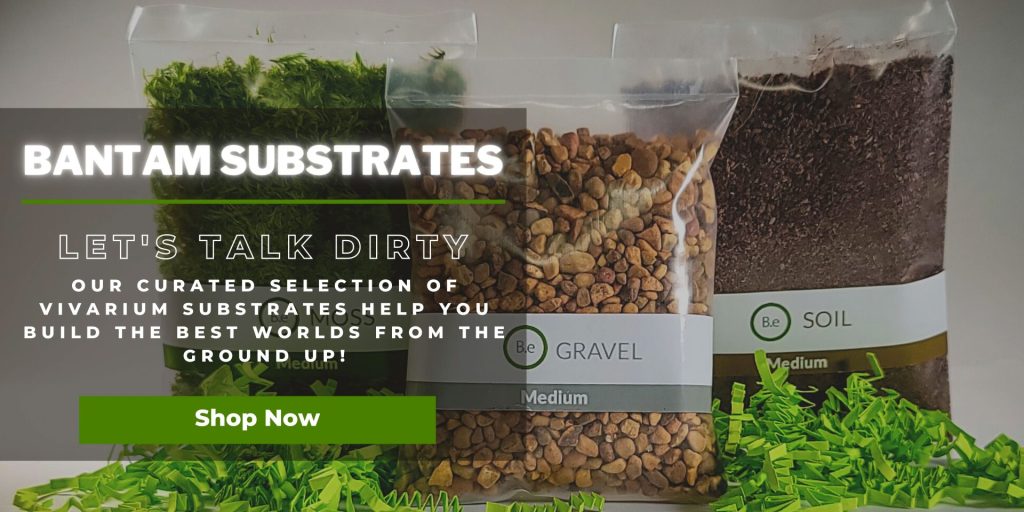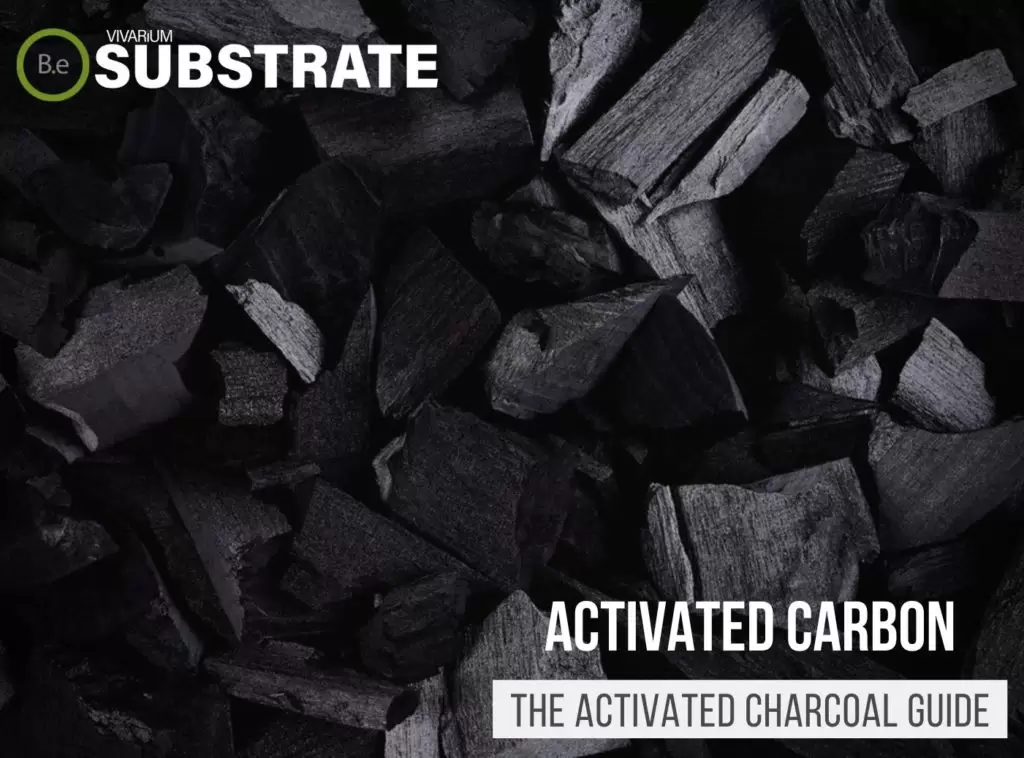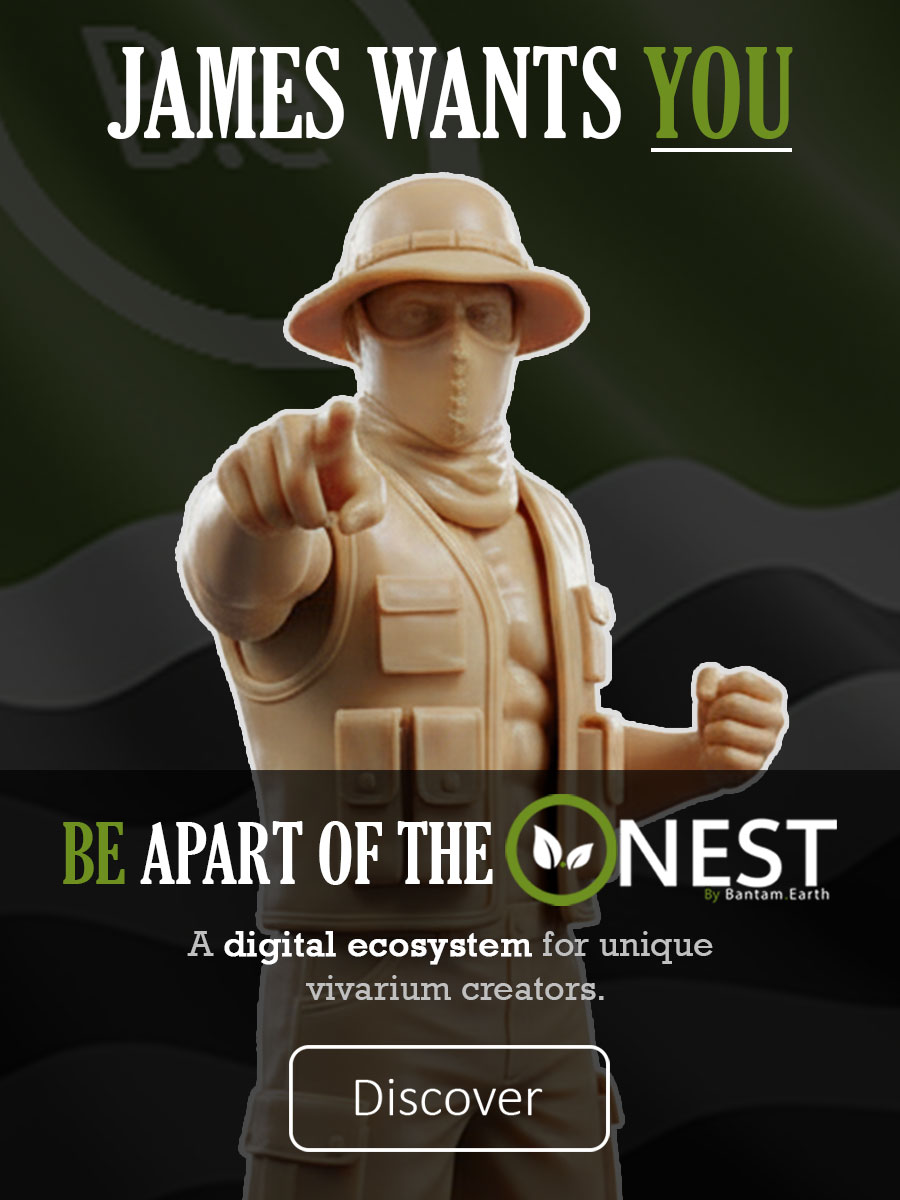Aspen bedding is an all-natural substrate composed of aspen wood shavings and bark.
It provides an aesthetically pleasing and naturalistic environment in vivariums, especially those housing small animals such as reptiles and amphibians.
Aspen bedding’s unique properties make it an ideal substrate for a variety of terrarium applications, while its natural color and texture enhance the aesthetic of any terrarium.
Table Of Contents:
ToggleWhat Is Aspen Bedding?
Aspen bedding is an all-natural substrate made from the wood shavings of Populus tremuloides, commonly known as trembling aspen or quaking aspen.
This tree is native to parts of northern North America, Europe, and Asia, but has become widely distributed to other areas of the world due to human activity.
The bark is typically shredded and then mixed with other natural elements to create a lightweight, soft, and aesthetically pleasing substrate.


Aspen Bedding Facts
Aspen bedding is a popular substrate choice among terrarium hobbyists due to its aesthetic appeal.
It’s also a relatively lightweight nature.
Aspen is also known for being highly absorbent, making it ideal for those looking to maintain a steady humidity level in their terrarium.
This type of substrate also breaks down slowly, which helps ensure that the substrate does not need to be changed as often.
Additionally, aspen has a neutral pH and does not affect the water temperature in an enclosure.
Description
Aspen bedding is an attractive substrate option due to its naturally pale tan-to-brown color.
It is composed of small, fluffy wood shavings that create a comfortable and soft material.
When purchased, aspen typically comes in either pre-cut pieces or finely shredded pieces that are easy to spread or mix into the terrarium.
It is also available in substrate mixes that contain additional ingredients such as coconut fiber and moss, which can help create a more naturalistic environment.
Habitat
Aspen trees are native to parts of North America, Europe, and Asia.
They can be found in a variety of climates ranging from boreal forests to temperate deciduous forests.
Aspen trees prefer moist soil and usually grow in areas with abundant precipitation.
Aspen trees are also known for being exceptionally fast-growing, making them an ideal choice for many tree-based substrates.
Environmental Influence
Aspen is a great choice for terrariums due to its neutral pH.
It does not alter the pH of the water, making it a great substrate for aquatic animals and terrarium plants alike.
This bedding is also fairly absorbent, making it easy to maintain proper humidity levels.
In addition, aspen bedding will slowly break down over time, providing an even layer of the substrate as well as a source of nutrients for plants.
Vivarium Type
Aspen bedding is suitable for a wide range of vivarium types and can be used in everything from small terrariums to large planted tanks and vivariums.
It can also be used in aqua-terrariums, providing a great-looking substrate and natural environment for both aquatic and land-dwelling creatures.
Aspen can also be used in paludariums and larger custom-made vivariums, providing a suitable substrate for aquatic life as well as providing a visually appealing layer for any terrarium.
Here is a recommended list of vivarium types compost is commonly used in:
- Paludariums – Half aquatic/ half terrain-based enclosure.
- Terrariums – Fully terrain-based enclosures with little to no aquatic features.
Vivarium Usage
Aspen bedding is a great substrate for vivariums, both large and small.
It creates a comfortable environment for small animals, such as reptiles and amphibians, and provides a soft and natural-looking substrate.
This bedding works best when it is allowed to naturally break down over time, providing an even layer of substrate on the bottom of the enclosure.
Aspen can also be supplemented with other growing media, such as moss or coconut fiber, to create a more naturalistic environment.
Advantages
Aspen has a number of advantages over other substrates, making it an excellent choice for terrarium hobbyists.
Its natural color and texture appeal to the eye, while its lightweight and soft nature makes it a comfortable environment for small creatures.
Its absorbent nature helps to maintain consistent humidity levels and its neutral pH does not affect the water temperature in a terrarium.
Finally, aspen bedding breaks down slowly, ensuring the substrate does not need to be changed frequently.
Disadvantages
While Aspen does have a number of advantages, it does have a few drawbacks as well.
Since aspen bedding does not contain any nutritional value, it is not suitable for most terrarium plants.
Additionally, this bedding does not retain its shape when wet, making it difficult to keep in place when there is high humidity or frequent water changes.
Buy Aspen Bedding
When buying Aspen in various forms, shop with companies that know how to properly process the compost.
Manufacturers should be open about how they maintain this material and where it is being harvested.
Always go with a company that is transparent about its practices and mindful of the environment.
Click the image below to find out more about the current price and other relative info:


Aspen Substrate Preparation & Tips
Aspen bedding is actually quite easy to prepare for use in a terrarium.
A few simple steps are all that is needed to ensure you are using the best substrate for your terrarium.
First, make sure the bedding is well-rinsed with lukewarm water to remove any dust or debris.
Once cleaned, spread the bedding evenly over the false bottom part of your terrarium and let it settle in for a few hours.
If using mixed aspen, it is important to make sure it is mixed thoroughly before being spread throughout the enclosure.
Aspen Bedding Substitutes
Aspen bedding has many benefits, but there are some alternative substrates you may want to consider for your terrarium.
Coconut fiber bedding is a great option for terrariums, as it is lightweight and provides a naturalistic appearance.
Various mosses are also excellent substrates, as they are great at retaining moisture and providing a comfortable environment for burrowing animals.
Lastly, reptile mulch is a great alternative, as it is absorbent, retains moisture, and provides a nutrient-rich environment for terrarium plants.
Conclusion
Aspen bedding is a great vivarium substrate for terrariums, providing an attractive and natural-looking layer for your enclosure.
Its absorbent nature helps to ensure proper humidity levels and its neutral pH does not affect the water temperature.
Aspen bedding is also lightweight and soft, which makes it a comfortable environment for small creatures.
Finally, aspen is slow to break down, making it a great substrate for terrariums as it requires little maintenance.
Frequently Asked Questions
Aspen bedding is a type of bedding typically used for small animals such as hamsters, guinea pigs, gerbils, and other rodents. It is made from a soft, fluffy, 100% pure, and natural aspen wood wool that is more comfortable and absorbent than traditional wood shavings. Aspen bedding has been known for its superior insulation and odor control, making it the perfect addition to any small pet‘s habitat.
Yes, aspen is an excellent choice for bedding. It‘s soft and plush, and provides great insulation, helping to keep you warm in the winter and cool in the summer. Aspen is also hypoallergenic, which makes it an ideal bedding material for those with allergies or sensitivities. Additionally, aspen bedding is easy to care for and can last for years with proper care.
It depends on the needs of the pet. Pine bedding is usually seen as softer, provides better insulation, and is cheaper. Aspen bedding is dustier and slightly harder, but it is also long–lasting and absorbs odors. Both types of bedding provide excellent absorption qualities, which are necessary for pet health and well–being.
It is recommended to change pet aspen bedding twice monthly or every few weeks. In between changes, spot–clean droppings or soiled wood shavings as needed.







